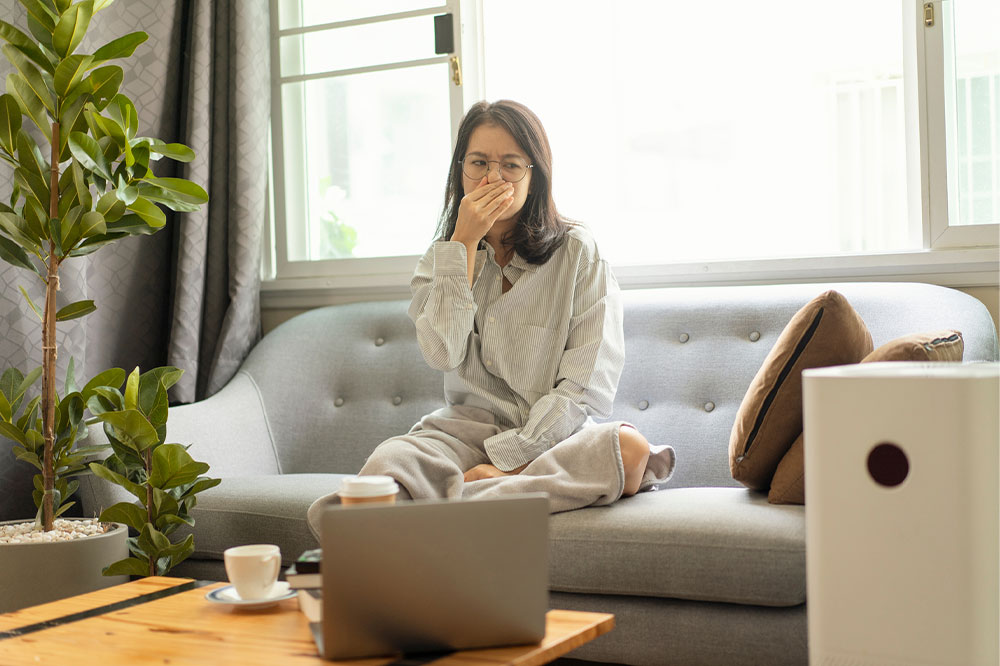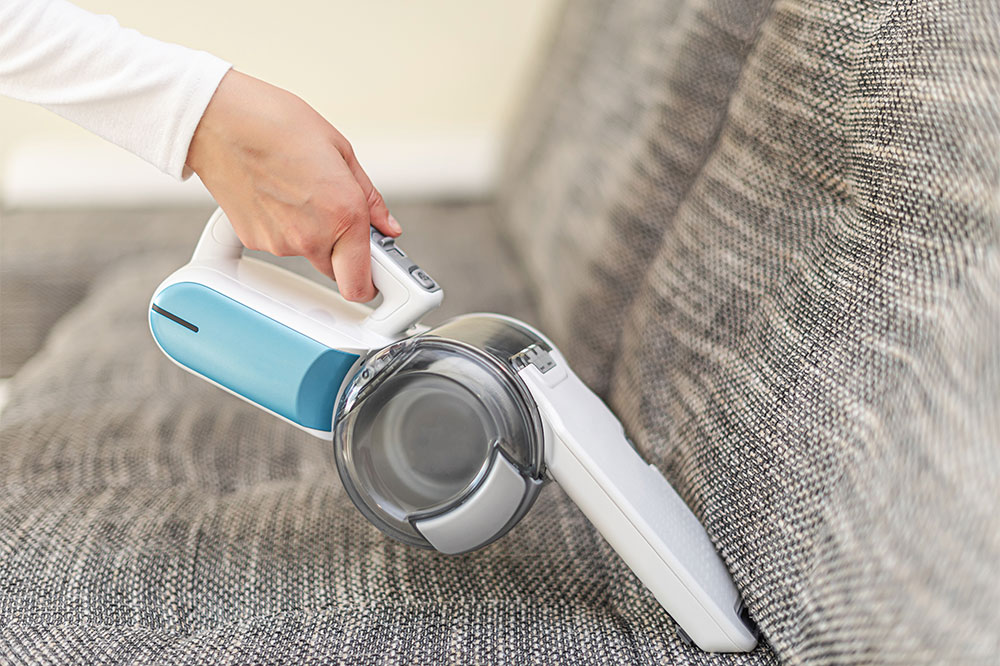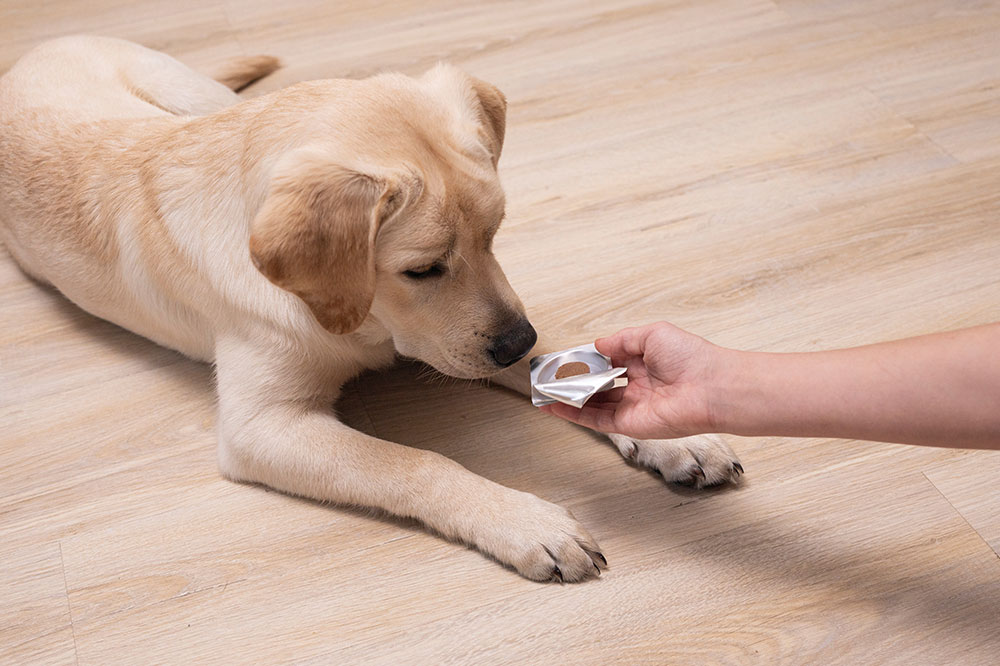11 ways to improve air quality indoors

The air you breathe outdoors is polluted and can trigger a number of breathing and respiratory disorders. While external factors are something that you simply cannot control, many things can be done indoors to improve air quality. After all, who doesn’t want a clean, breathable, livable space that promotes long-term well-being and health? Read to know 11 simple lifestyle changes that can help you improve air quality indoors and make it safe.
Carbon monoxide detectors
Most people are unaware of the toxic gases that silently build up indoors. The main reason being this gas is odorless, and only an alarm can notify you of the brewing problem.
Use better quality paints
Paints contain volatile organic compounds (VOC) that can trigger migraine headaches and other health problems by inhaling the fumes. Use low VOC paints to further improve air quality.
Fix dampness and leaks
Any moisture indoors can result in mold or mildew growth that releases millions of microscopic pollutants in the air. Such pollutants can trigger and worsen symptoms like asthma or COPD. Always check and fix leaks to avoid these problems.
Maintain air conditioners
Regular AC filter cleaning automatically ensures better air quality indoors. You must plan and service all your ventilation appliances in a timely manner.
Use air purifiers
Air purifiers with HEPA filters can filter out most particulate pollution indoors to create a better and breathable environment.
Don’t go overboard with furnishings
Excess carpeting or upholstery can absorb and host dust mites, pet dander, and other pollutants that accumulate indoors. Remove what is not necessary to lower this risk and improve air quality.
Ensure proper ventilation
Cross ventilation and exhaust vents placed at strategic locations will lower indoor moisture content by circulating fresh air.
Cook with your windows open
Some food odors can be unpleasant so ensure you keep the kitchen windows open or have a stove exhaust that vents out pungent air.
Install indoor plants
Plants are natural air filters that liven up the place and release a pleasant fragrance to improve air quality.
Regular cleaning of furnishings
Clean rugs, bedding, drapes, and other furnishings regularly to avoid allergens from accumulating on the fabric.
Create pet-free zones
Train your pets to stay away from bedroom and bathroom areas. This will lower the risk of allergies caused by pet urine, feces, saliva, and dead skin cells when their access is limited inside the house.









